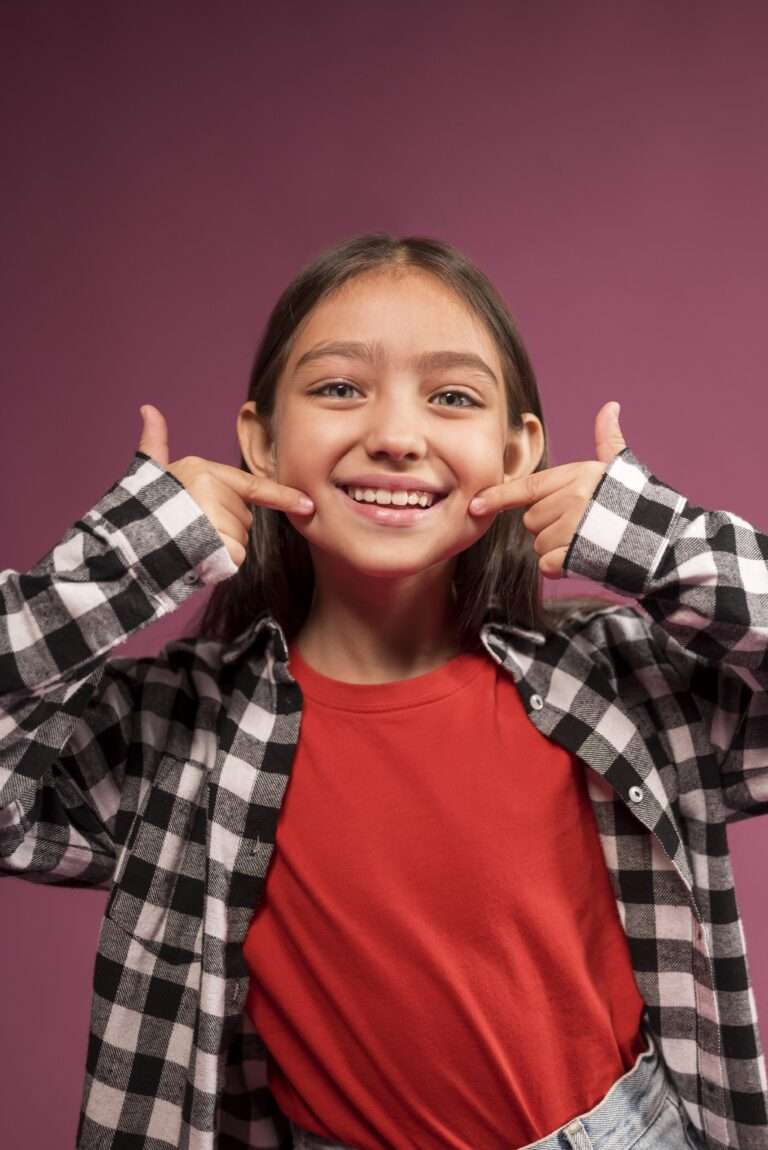How can I help prevent cavities in my child’s teeth?
Preventing cavities in your child’s teeth involves a combination of good oral hygiene practices, dietary choices, and regular dental care. Here are some effective strategies to help prevent cavities:
- Establish Good Oral Hygiene Habits Early: Begin cleaning your child’s mouth even before the teeth emerge by wiping the gums with a clean, damp cloth. As soon as the first tooth appears, start brushing twice a day with a soft-bristled toothbrush and a tiny smear of fluoride toothpaste (about the size of a grain of rice for children under 3, and a pea-sized amount for children 3-6 years old).
- Fluoride Use: Fluoride strengthens the enamel, making it more resistant to decay. Use fluoride toothpaste and ensure your child’s drinking water contains fluoride. If your water supply is not fluoridated, your dentist may recommend fluoride supplements or treatments.
- Regular Dental Visits: Schedule regular dental checkups and cleanings for your child, typically starting by their first birthday or within six months after the first tooth emerges. These visits are crucial for catching and treating problems early and for dentists to provide specific advice on preventing cavities based on your child’s individual needs.
- Limit Sugary and Starchy Snacks: Foods and drinks high in sugar and starch can lead to cavity formation. Limit the frequency of sugary snacks and drinks, and opt for healthier alternatives like fruits, vegetables, and water.
- Encourage Healthy Eating: A balanced diet is important for dental health. Ensure your child gets plenty of calcium-rich foods (like milk, cheese, and yogurt) and phosphate (found in eggs, fish, and nuts), which are essential for strong teeth.
- Drink Plenty of Water: Encourage your child to drink water, especially after eating. Water helps to rinse away food particles and bacteria. Fluoridated water is especially beneficial.
- Dental Sealants: Ask your dentist about sealants, which are protective coatings applied to the chewing surfaces of the back teeth (molars). Sealants can prevent food and bacteria from getting stuck in the grooves of the teeth and causing cavities.
- Monitor Brushing and Flossing: Supervise your child’s brushing until they have the motor skills to do it effectively on their own, usually around age 6 or 7. Teach them to floss once a day to remove plaque and food particles from between the teeth.
- Use Disclosing Tablets Occasionally: These chewable tablets temporarily stain plaque, highlighting areas your child may miss while brushing. They can be an educational tool for improving brushing techniques.
- Encourage Chewing Sugar-Free Gum: If your child is old enough, chewing sugar-free gum (especially gum containing xylitol) after meals can increase saliva flow, helping to neutralize acid and wash away food particles.
By implementing these practices, you can significantly reduce your child’s risk of developing cavities and promote a lifetime of healthy teeth and gums.
------------From our Sponsors------------









